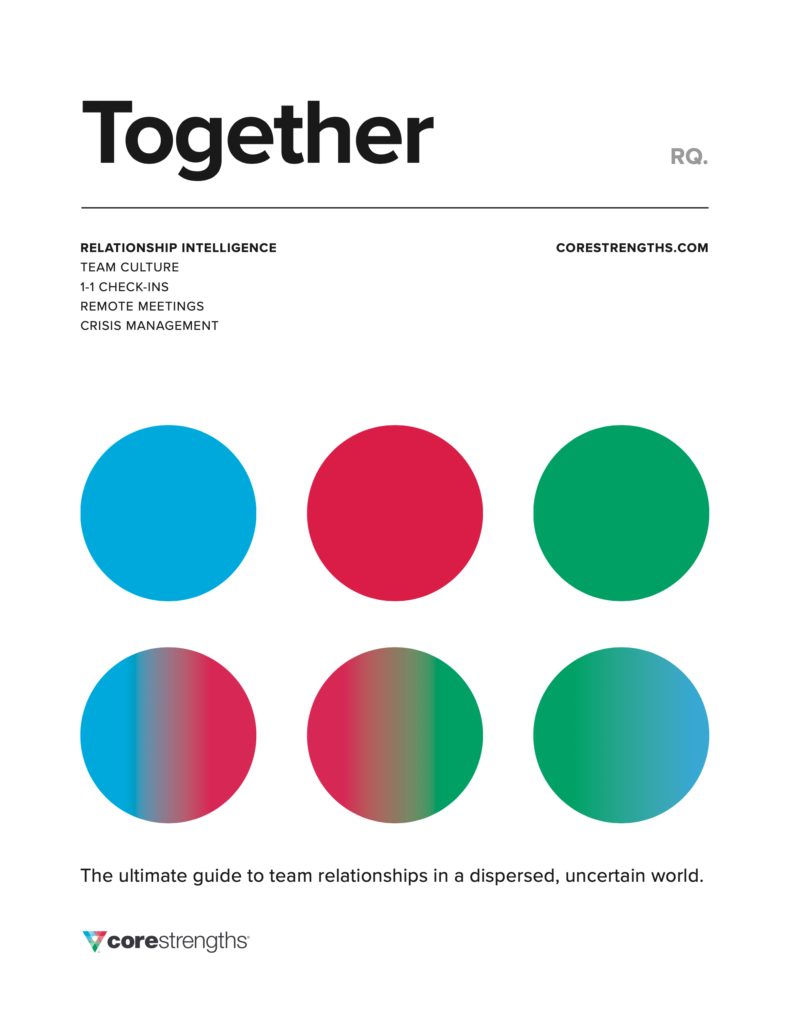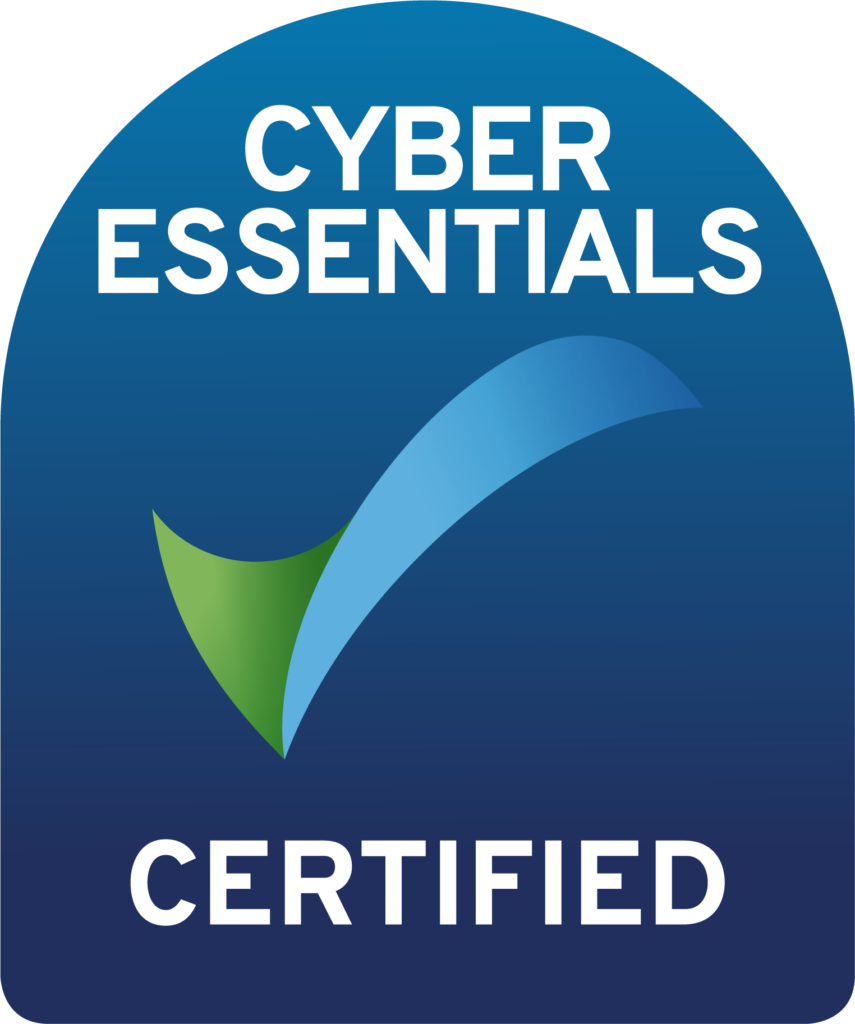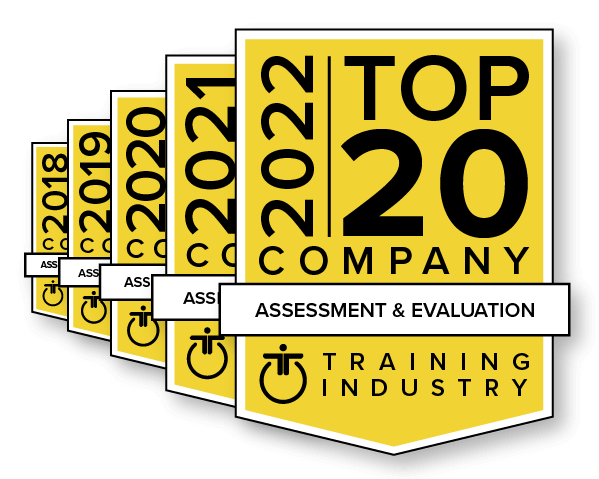How do the strengths on the SDI 2.0’s Strengths Portrait map to my organization’s competency framework? Based on the Strengths Portrait, can you predict which competencies a person will have? What is the correlation between strengths and the most critical leadership competencies?
These are some questions I don’t like to answer. Why not? Because I believe there are better questions that will produce better – and more practical – answers. Yet, the above questions are relatively common. Let’s look at what is behind these questions to get to better questions and better answers.
Competencies Vs. Strengths
Generally, when people ask about connecting competencies with strengths, they are trying to improve individual performance and organizational effectiveness – a goal I can certainly support. The challenge in exploring these questions arises when competencies and strengths are seen as essentially the same things (which they are not).
A competency is the ability to do something well or with a prescribed level of proficiency. Competencies are skills. Competency frameworks are sets of skills needed to perform a task or fulfill a role at an acceptable level. We need competent people to do good work and produce results for the organization.
The strengths on the Strengths Portrait are not competencies; they do not reflect how effective our strengths are. Instead they reflect how likely we are to deploy those strengths in the context of our workplace relationships. If there is a competence related to the strengths portrait, it’s the ability to choose the right strengths in any given situation to work effectively with others and get the job done.
So the reason I don’t like to answer those opening questions is that they are essentially asking, “Can you match my list of competencies to your list of non-competencies?” The answer is an obvious “no” when we look at it that way. But that doesn’t mean the question lacks merit – so let’s ask it in a different way to get a more useful answer.
Utilizing Strengths in Your Competency Framework
How can any person’s strengths be used in ways that are consistent with my organization’s competency framework? This question reflects the understanding that competencies describe what needs to be done, but strengths offer various styles of getting things done. I have seen this type of question yield consistently productive results in many different organizations, especially in leadership development training.
There are many standard measures of workplace competencies and substantially more custom models that apply to specific roles and organizations. I’ve probably studied more than 1,000 of them. They typically include competencies such as attention to detail, written communication, public speaking, strategic thinking. Many competency frameworks have items that could be considered character traits or values, such as integrity, compassion, and trustworthiness.
Here are two competencies that show up frequently in the lists I have reviewed: Building Relationships and Problem Solving. Ask yourself a question: which strengths from the Strengths Portrait are needed to build relationships? Which strengths are needed to solve problems? Tough call, right? There could be a lot of correct answers. So rather than ask which strengths correlate to these competencies, let’s look at how any strength could be used to support those competencies. I’ll use four different strengths as an example, but this process can be used to show any connection.
Competency: Building Relationships
- Supportive – This Blue strength can be used to establish trust and ensure that other people know you are always available for them.
- Persuasive – This Red strength can be used to convince people of the importance of establishing connections, or to gain access to people with whom you would like to establish relationships.
- Methodical – This Green strength can be used to maintain regular contact with people to establish continuity in relationships.
- Sociable – This Hub strength can be used to meet a lot of people, thus providing more opportunities to build relationships – or to network and help other people build relationships.
Competency: Problem Solving
- Supportive – This Blue strength can be used to create a safe and open environment where concerns can be freely shared without fear of retribution. It can also be used to encourage people to stay engaged in a problem-solving conversation.
- Persuasive – This Red strength can be used to present possible solutions and gain commitment from others to take action directed at solving the problem.
- Methodical – This Green strength can be used to carefully test various factors and determine the root cause of the problem to be solved.
- Sociable – This Hub strength can be used to create productive, problem-solving conversations – promoting unstructured brainstorming that may yield novel solutions.
In practice, we don’t stop with four strengths. In fact, I once helped an organization build a matrix of 280 examples – how each of their ten competencies could be activated by each of our 28 strengths.
The Competency Around Strengths
Let’s go one step further. To build relationships with different people, you may find that all four example strengths fit best with specific people. And to solve problems, you may find that all four example strengths are needed with different problems (or with different people). So if there is a competency around strengths, it’s having the ability to accurately assess the situation and choose the right strength at the right time.
I hope that these examples will help you think about the way competencies and strengths can complement each other. And for the record, this discussion has focused exclusively on strengths, without adding the important variable of individual motives, or underlying reasons, to use the strength. The questions I opened with are limiting; they start with the assumption that certain strengths pair with specific competencies. In my experience this is not the case. Instead, take a look at your own competency models and ask yourself how any strength can be used in connection with any competency.









